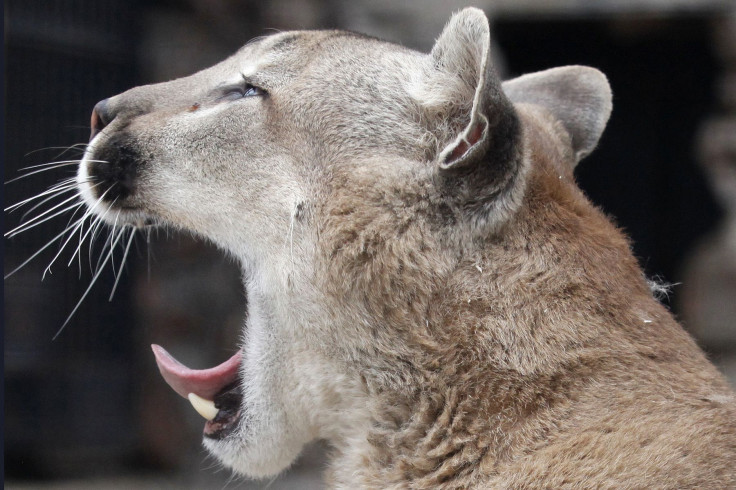
Remains of almost 200 animal remains including eagles, pumas and wolves were found during an excavation of one of the largest most powerful cities in the world between the first and sixth centuries A.D.: Teotihuacan. The study published by scientists Nawa Sugiyama, Andrew D. Somerville and Margaret J. Schoeninger on POLS ONE says that these findings indicate that humans began using carnivores as a status symbol almost 1000 years earlier than scientists thought. Results also revealed evidence indicating they were captive animals such as characteristic bone breaks and injuries most likely inflicted by humans attempting to manipulate them.
“These results push back the antiquity of keeping captive carnivores for ritualistic purposes nearly 1000 years before the Spanish conquistadors described Moctezuma’s zoo at the Aztec capital,” explained the scientists. In addition, the study also found high levels of high levels of carbon isotope C4, which is present in corn, a food highly unlikely consumed by carnivore animals in the wild. “Mirroring these documents the results indicate a select group of carnivores at Teotihuacan may have been fed maize-eating omnivores, such as dogs and humans,” the study explains.
The team's conclusions are quite shocking to archeologists around the world, as this is the first time information about animal brutality and “initial experimentation in manipulating dangerous and specialized carnivores” in this era has been found. “Unlike historical records, the present study provides the earliest and direct archaeological evidence for this practice in Mesoamerica.”
© 2025 Latin Times. All rights reserved. Do not reproduce without permission.




